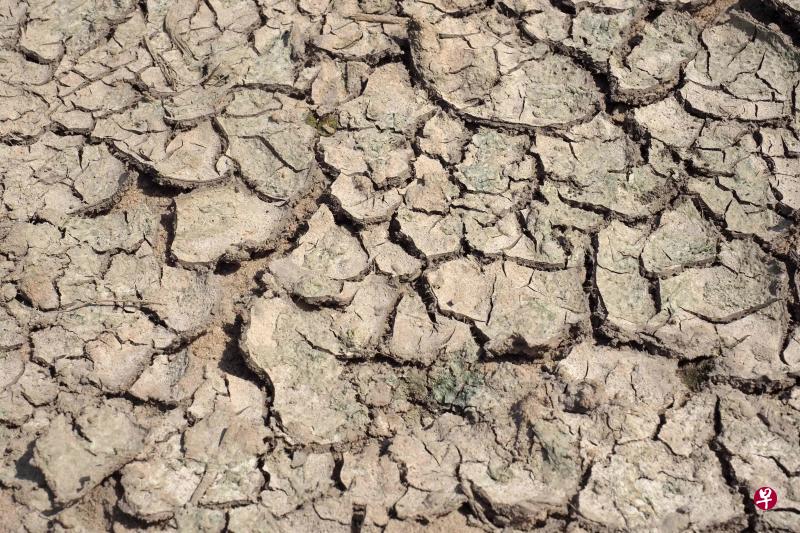人类每年消耗的自然资源都超出自然界的负荷能力,今年地球上的自然资源如水源、土壤和干净空气的配给额,提前于7月29日耗尽,透支情况每年越来越严重。
世界自然资源耗尽日,也叫地球超负荷日,是环保专家们计算出人类耗尽一年自然资源的日子。这一天之后,人类将进入“寅吃卯粮”模式,自然界的再生能力已不能满足人类的需求。
总部位于美国加州的环保组织“全球生态足迹网络”周一(29日)发布声明指出,与20年前相比,地球超负荷日已提早两个月到来,今年是有史以来最早的一次,提前至7月29日。这意味着人类现在消耗自然资源的速度,比地球生态系统能再生的速度快1.75倍,等同于需要1.75个地球才能满足人类的消费需求。
声明说:“全球生态系统超支的情形变得愈来愈明显,这体现在森林被砍伐、土壤流失、生物多样性消失及大气中二氧化碳积累。二氧化碳又导致气候变迁及更加频繁出现极端气候现象。”
全球生态足迹网络希望通过计算每一年的世界自然资源耗尽日,告诫世人自然资源被过度消耗。
自1986年开始计算以来,这个里程碑式的日子每年都提早到来。1993年的地球超负荷日落在10月21日,2003年是在9月22日,2017年提前至8月2日。
全球生态足迹网络创始人瓦克尔纳格说:“我们只有一个地球,这是最终决定人类存亡的因素。我们用了1.75个(地球)之后,不可能不产生毁灭性后果。”
联合国气候变化纲要公约第25次缔约方大会(COP25)定于12月在智利圣地亚哥举行,身为大会主席的智利环境部长施密特表示,地球超负荷日不断提前的主要原因在于二氧化碳排放量持续增加。她说:“显然的,采取果断行动变得越来越重要。”
全球生态足迹网络也发布每一个国家耗尽一年自然资源的日子。比如,德国今年5月3日已经进入自然资源的超支状态。全球范围内,四分之一国家和德国一样属于高消耗国家。如果全人类都像德国人一样消耗自然资源,那就需要三个地球才能满足人类的需求。相比之下,全球资源消耗如果平均达到美国的水平,人类则需要多达五个地球;如果平均为中国的水平,则需要2.2个地球。

Mankind will have used up its allowance of natural resources such as water, soil and clean air for all of 2019 by Monday (July 29), a report said.
The so-called Earth Overshoot Day has moved up by two months over the past 20 years, and this year’s date is the earliest ever, the study by the Global Footprint Network said.
The equivalent of 1.75 planets would be required to produce enough to meet humanity’s needs at current consumption rates.
“Earth Overshoot Day falling on July 29 means that humanity is currently using nature 1.75 times faster than our planet’s ecosystems can regenerate. This is akin to using 1.75 earths,” the environmental group, which is headquartered in Oakland, California, said in a statement.
“The costs of this global ecological overspending are becoming increasingly evident in the form of deforestation, soil erosion, biodiversity loss, or the buildup of carbon dioxide in the atmosphere. The latter leads to climate change and more frequent extreme weather events,” it added.
Calculated since 1986, the grim milestone has arrived earlier each year.
In 1993, it fell on Oct 21, in 2003 on Sept 22, and in 2017 on Aug 2.
“We have only got one Earth – this is the ultimately defining context for human existence. We can’t use 1.75 (earths) without destructive consequences,” said Mr Mathis Wackernagel, founder of Global Footprint Network.
Ms Maria Carolina Schmidt Zaldivar, Chile’s environment minister and chair of the Climate COP25 scheduled this December in its capital Santiago, said a major cause of the date falling earlier and earlier was growing amounts of carbon dioxide emissions.
“The importance of decisive action is becoming ever more evident,” she said.
Individuals can get involved by calculating their own ecological footprint at http://www.footprintcalculator.org

Source: Zaobao / The Straits Times









